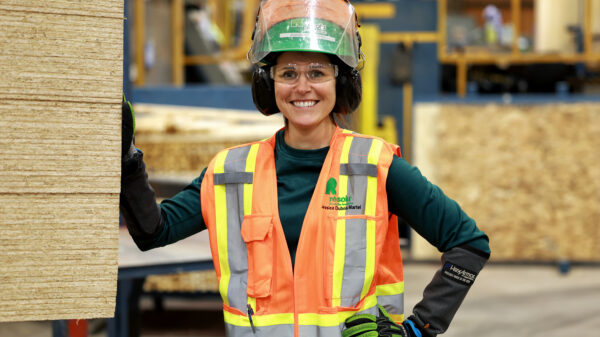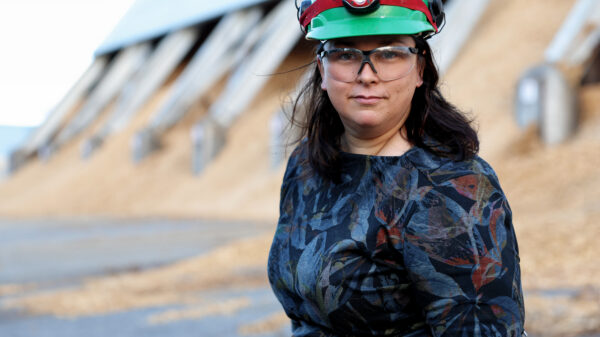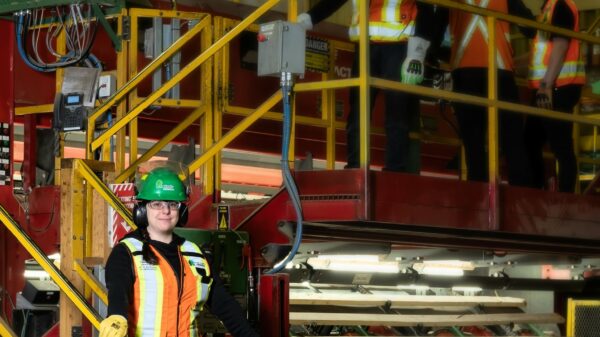That’s not a question we hear very often but expect it to be asked more in the future as “embodied carbon,” or carbon stored in a structure, steadily becomes an essential tool in the sustainable design of buildings.
The phrase is used to describe the portion of building-related greenhouse gas (GHG) emissions that can be attributed to construction materials and processes. While operating carbon addresses only one stage in a building’s life – its use – embodied carbon addresses the rest of the life cycle.
According to a new study by Canada’s Athena Sustainable Materials Institute, more public policy initiatives are required to ensure we are counting all the carbon embodied in buildings – by specifically increasing the use of life cycle assessments (LCA).
The study, conducted at the request of Forestry Innovation Investment of Vancouver (British Columbia), shows that Europe is leading the way on developing carbon policies that encourage sustainable design for the built environment. Germany, France and Switzerland are at the forefront, but it is the Netherlands that is really blazing a trail for others to follow. In 2013, the Dutch government began requiring new residential and office buildings, with floor areas of more than 100 square metres, to report embodied GHGs before a building permit could be issued.
This ground-breaking action has set a strong model for other jurisdictions to follow. For more information on embodied carbon of buildings visit the Athena website.







